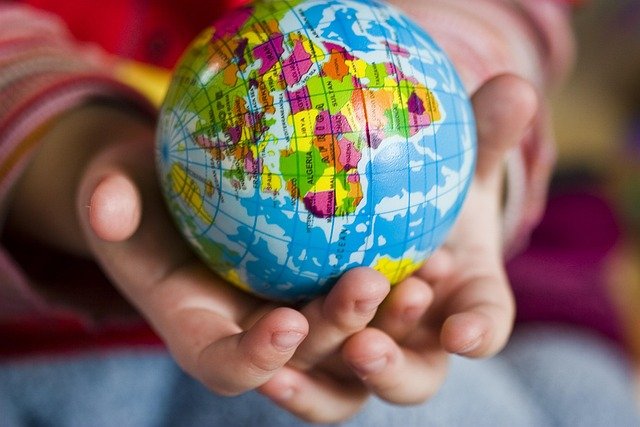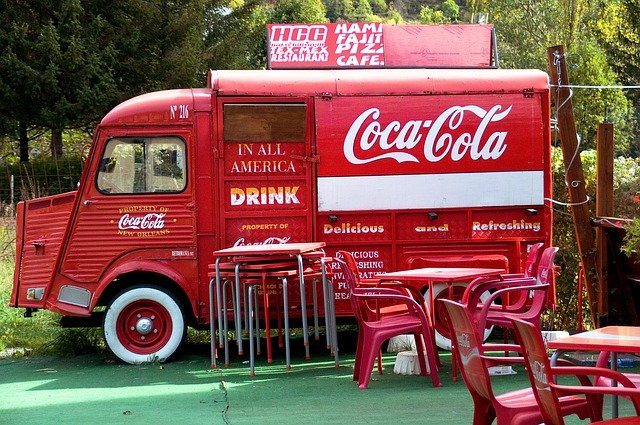Globalization vs. Localization
Table of Contents
Globalization vs. Localization: A Deep Dive into Balancing Global Strategies with Local Needs
In an increasingly interconnected world, businesses must navigate the intricate dance between globalization and localization to achieve sustainable success. Globalization, the force that unites markets and cultures, offers unparalleled opportunities for scale and efficiency. Localization, the art of adapting to the unique characteristics of each market, is crucial for fostering customer loyalty and gaining a competitive advantage.

Deconstructing Globalization and Localization
- Globalization: Unifying the World. Globalization aims to create a unified global marketplace. Companies achieve economies of scale by standardizing their products, processes, and marketing strategies. Consider the influence of international brands like Apple. While they adapt their marketing messages slightly, the core product and brand experience remain consistent across the globe. The operational benefits of standardized manufacturing and supply chains are immense.
- Localization: Embracing the Unique. Localization recognizes that one size does not fit all. It involves adapting a business’s offerings to resonate with the local culture, language, preferences, and regulations of each market. This can range from simple translation to entirely new product designs.

Globalization vs. Localization
The Duality of Globalization: Benefits and Challenges
Advantages of a Global Approach
-
Expanded Reach: Accessing new markets and customer segments fuels growth. Think of the expansion of European fashion brands into the Asian market.
-
Cost Efficiency: Standardization and centralized operations lead to economies of scale.
-
Brand Power: A consistent global brand builds recognition and trust.
-
Access to Global Expertise: Tap into talent pools and specialized skills worldwide.
The Hurdles of Globalization
-
Cultural Missteps: Ignoring cultural nuances can lead to marketing blunders and damage to the brand.
-
Regulatory Complexity: Navigating diverse legal and regulatory landscapes requires expertise.
-
Supply Chain Vulnerabilities: Global supply chains are susceptible to disruptions, from natural disasters to political instability.
-
Intense Competition: A global marketplace means competing against both established giants and agile local players.

Globalization vs. Localization
Localization: The Key to Local Success
Benefits of Local Adaptation
-
Stronger Customer Connections: Meeting local needs builds loyalty and advocacy.
-
Cultural Relevance: Demonstrating respect for local values strengthens brand perception.
-
Competitive Edge: Tailoring offerings to local preferences creates a differentiated advantage.
-
Increased Market Share: Resonating with local consumers leads to higher sales and market penetration.
Obstacles to Localization
-
Higher Costs: Adapting products and services increases development and marketing expenses.
-
Operational Complexity: Managing multiple localized versions requires sophisticated coordination.
-
Brand Dilution: Over-localization can weaken the core brand identity.
-
Resource Demands: Requires specialized skills and knowledge of local markets.

Globalization vs. Localization
Finding the Equilibrium: Strategies for Balancing Global and Local
The most successful businesses strike a strategic balance between global efficiency and local relevance.
Market Understanding: Invest in thorough market research to gain a deep understanding of local needs, preferences, and cultural nuances. Unilever, for example, invests heavily in understanding local beauty standards and tailors its skincare products accordingly.
Product Adaptation: Customize product features and packaging to meet local requirements. Automakers like Toyota offer different models and features in various regions, tailored to local preferences and driving conditions.
Marketing Localization: Translate content and adapt marketing messages to resonate with local audiences. McDonald’s tailors its menu and marketing campaigns to reflect regional tastes. In India, for example, they offer vegetarian options and feature Bollywood celebrities in their ads.
Empowered Local Teams: Grant local teams the autonomy to make decisions that are best for their markets. Marriott International allows its hotels to customize their services and offerings to appeal to local travelers and cultural events.
Strategic Partnerships: Collaborate with local partners to gain valuable insights, access essential resources, and navigate local regulations effectively—Starbucks partners with local coffee farmers and suppliers to source high-quality beans and support sustainable agriculture.
How Technology Amplifies Globalization and Localization
Technology is an enabler for both globalization and localization.
Translation Tech: AI-powered translation tools break down language barriers.
Cloud Computing: Cloud-based platforms allow businesses to manage data and applications across borders.
E-commerce Platforms: E-commerce platforms offer a streamlined way to sell products in diverse markets.
Social Media: Social media connects brands with consumers worldwide, enabling highly targeted and localized campaigns.
Real-World Examples in Action [ Globalization vs. Localization ]
-
Coca-Cola: While the core Coca-Cola recipe remains consistent, the company adapts its marketing messages and distribution strategies to resonate with local cultures.
-
IKEA: IKEA’s global design is recognizable, but the company carefully considers local living spaces when designing furniture and planning store layouts.
-
Netflix: Netflix offers localized content, user interfaces, and pricing plans tailored to different countries.
-
McDonald’s offers a standard menu, as well as localized options.
The Future of Global-Local Balance [ Globalization vs. Localization ]
The balance between globalization and localization will continue to be a critical success factor for businesses. Companies that can master this equilibrium will be best positioned to thrive in an increasingly complex and interconnected world.
More Stories
- Employee Retention: Insights and Best Practices
- Employee Engagement and Experience
- Lazi Church | Timeless Treasure of Siquijor
- Service Quality and Excellence: A Guide
- Managing Service Delivery
- Electricity Bills in Visayas Are Heating Up
- Sustainability Practices in E-Commerce
- WIMSUITS FOR WOMEN | FASHION GUIDE
- SKINCARE ROUTINE FOR OILY SKIN
- Teaching: A Story of Sacrifice, Love, and Triumph
- Kensington Sky Garden by Megaworld: Luxury Living, Bacolod
- Imay’s Restaurant | Fabulous Asian Lifestyle
- Go Negosyo | Fabulous Asian Lifestyle








“In an era defined by increasing geopolitical instability, rising protectionist policies, and growing consumer demand for authentic and culturally relevant experiences, how can multinational corporations (MNCs) strategically navigate the inherent tensions between globalization and localization to build resilient and adaptable business models? Specifically, evaluate the efficacy of various ‘glocalization’ strategies, such as product adaptation, marketing localization, and supply chain regionalization, in mitigating risks and maximizing opportunities across diverse international markets. Furthermore, analyze the ethical implications of these strategies, considering issues such as cultural appropriation, economic exploitation, and environmental sustainability, and propose actionable frameworks for ensuring responsible and equitable glocalization practices.”